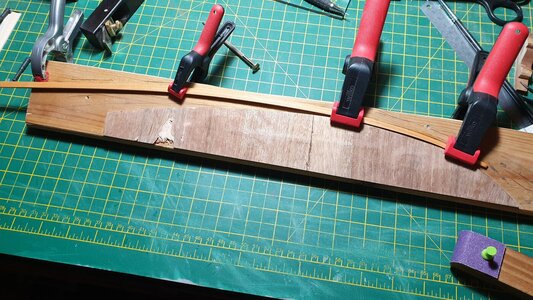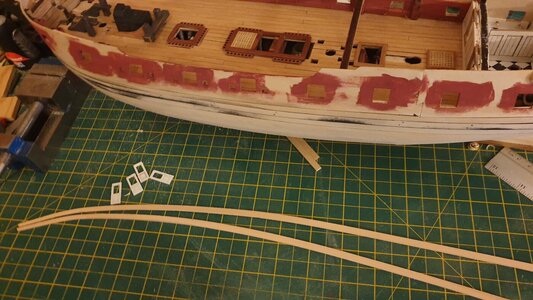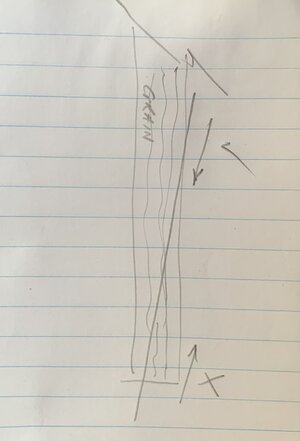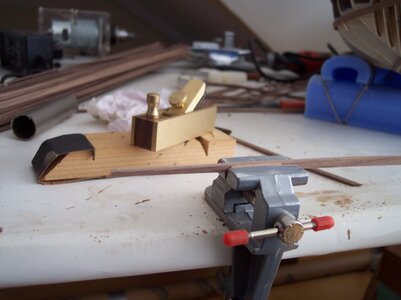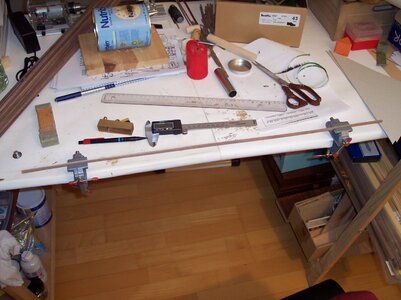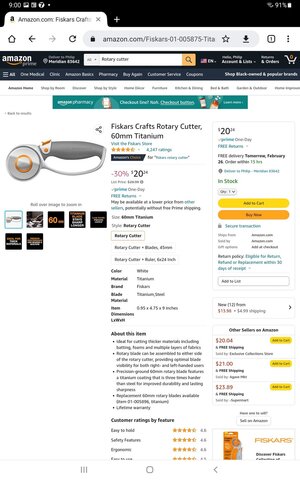Good day, looking for some help on techniques/methods. Started working on my fourth model the OcCre Endeavour. On my previous models I‘ve been taperIng all my planks to a point on both first and second planking. Don’t mind doing it on first planking but wanted to create a more realistic planking as done on real ships. Being a much thinner word veneer used on final planking, what‘s the best way to taper these? Hard to get right shape using knife & straight edge and hard to shape with sandpaper as the plank wants to twist and turn!
Any advice would be great appreciated. Thank you.
Any advice would be great appreciated. Thank you.








